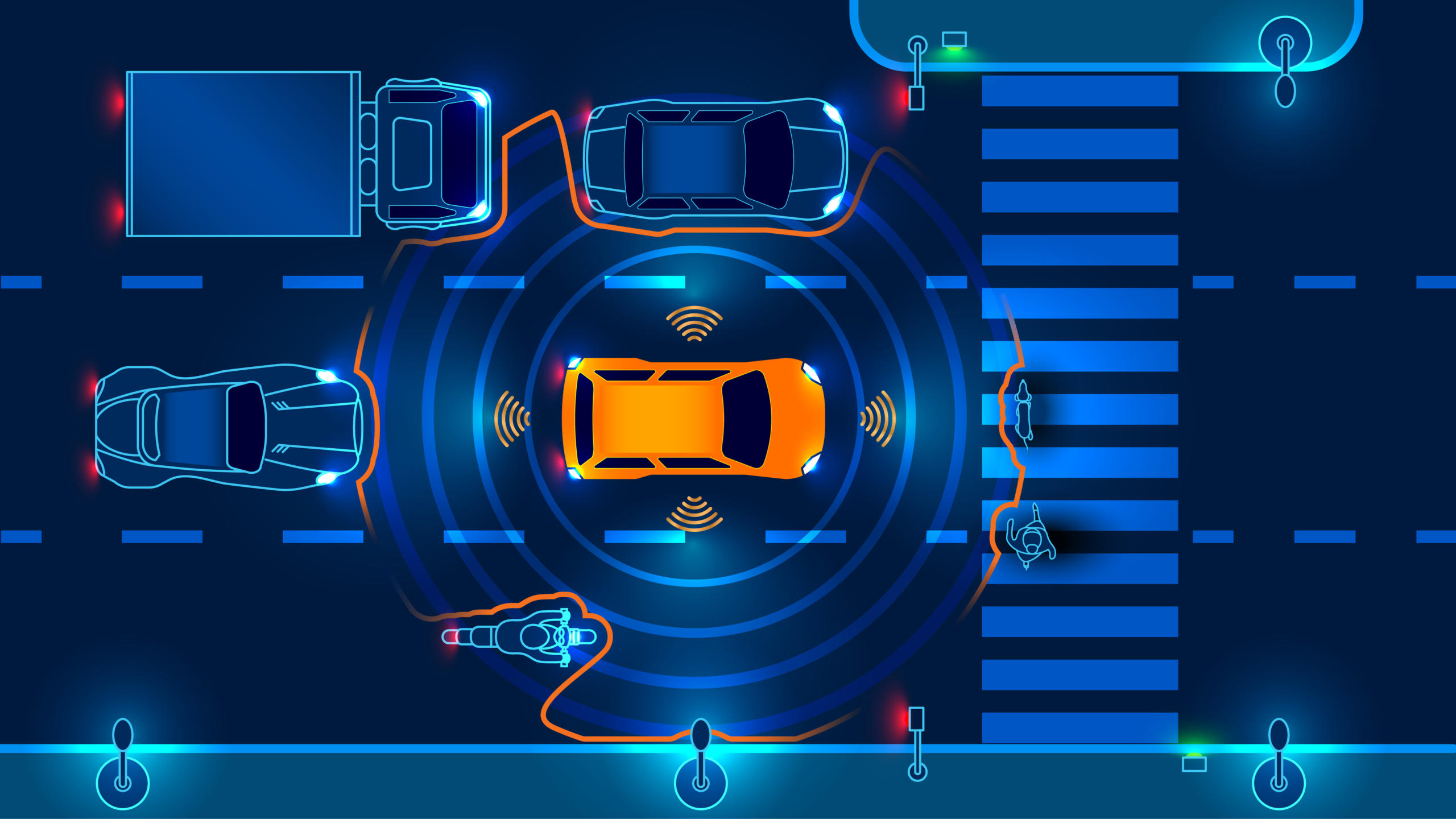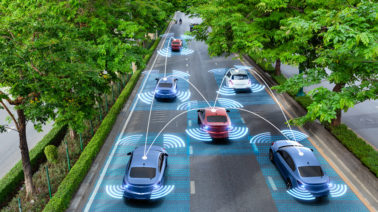
Are self-driving cars safe? The answer depends on many issues such as:
- Definitions of what self-driving vehicles are
- Regulations pertaining to self-driving vehicle safety features
- Collection and analysis of self-driving car safety statistics
- Comparisons of safety data from driverless cars and human drivers
Background on Self-driving Car Safety Standards
To assess whether self-driving cars are safe, it is important to understand a bit about the field of autonomous vehicle development. Self-driving cars have been under development at least since the 1920s.
During the past 100 years, developers in the autonomous vehicle field have made substantial gains in technology and knowledge. You can read more here.
The Society for Automotive Engineers (SAE) International has defined six “Levels of Driving Automation” describing the spectrum of automation available in on-road motor vehicles. The levels range from no automation to full automation.
- Levels zero through two require a human driver.
- Levels three through five emphasize progressively greater reliance on the automated vehicle and less reliance on a human driver.
- Level five refers to a fully autonomous vehicle capable of driving under all conditions.
Automation levels exist to aid car manufacturers in the development of safe, highly automated vehicles (HAVs) such as self-driving cars.
There are no standardized U.S. federal safety regulations in place controlling the development of self-driving car safety features. As is the case for existing automobiles, we need safety regulations for autonomous vehicles to address whether self-driving cars are safe.
The U.S. Department of Transportation (DOT) released A Vision for Safety 2.0 in 2017 and Automated Vehicles 3.0 in 2018. In these publications, the DOT provides guidance to autonomous vehicle developers by describing 12 automated driving system safety elements it perceives as integral to the development of safe self-driving cars in the U.S.
At present, adherence to these guidelines by car manufacturers and technology developers is voluntary. This is because self-driving cars are still an emergent technology.
The Gist on Automated Vehicle Safety Statistics
The development of novel safety features for self-driving cars is the responsibility of self-driving car developers and manufacturers. So we must look to car companies to publicly share data from their autonomous vehicle development, testing, and real-world implementation.
Waymo, Alphabet’s self-driving car company operating in Phoenix, has published a Safety Report consumers can read to learn more details about the types of safety features they incorporate into their self-driving cars, as well as the forms of testing they use to assess vehicle safety (e.g. simulated, real-world).
Automated and driverless car safety features include various types of sensor systems such as lidar, radar, cameras, and audio detection.
In an effort for transparency, Waymo has also made safety performance data publicly available for review. This includes data from 6.1 million miles of automated driving and 65,000 miles of driverless driving.
Waymo’s reports include simulated and real-world driving data. They enable consumers to make better-informed assessments regarding the safety of self-driving cars. Dissemination of such private company information to the public is voluntary.
Currently, there is no single data repository car companies use to publicly share safety data they obtain via product testing and use.
Federal and state regulatory agencies, as well as individual consumers, need self-driving car safety statistics to make informed decisions about the safety of driverless cars versus human drivers. Such statistics can help tell us if self-driving cars are safe.
Via data analysis, we can compare self-driving car safety statistics to the safety statistics available for human drivers to understand whether driverless cars are safer. Down the road, self-driving car safety statistics can also help us understand how and why differences exist between autonomous vehicles and human drivers.
Waymo, BMW, Tesla, General Motors, Nissan, and Mercedes-Benz are some of the companies actively researching and developing self-driving cars and associated technologies.
You may have heard about some self-driving car companies through various media outlets highlighting problems, including technology errors and pedestrian injuries, they and connected individuals have faced throughout phases of vehicle development and testing. Currently, it is not necessarily the case that more individuals have been injured in actual self-driving car testing scenarios than human driving scenarios.
Self-driving Car Integrated Technologies
Integrated technologies used in self-driving cars include sonar, lidar, radar, global positioning systems (GPS), and inertial measurement units (IMUs). These technologies are fascinating on their own and in the context of autonomous vehicle development.
Autonomous vehicle technology developers and car manufacturers are crafting and using novel data-processing techniques like sensor fusion that allow them to process information from multiple data sensors in real-time. With sensor fusion, they can interpret and process sensor data in unique ways.
Where You Can Learn More
Udacity’s founder, Sebastian Thrun, is an expert in the field of self-driving cars. Thrun led the development of Stanford Racing Team’s driverless car, Stanley. Stanley won the Defense Advanced Research Project Agency’s (DARPA’s) driverless car competition, the Grand Challenge, in 2005.
Thrun also founded Google X and Google’s self-driving car development team.
With Udacity’s founder so well versed in the autonomous vehicle field, Udacity offers a Self-Driving Car Engineer Nanodegree program. If you have an interest in learning more about self-driving car technologies and thinking more deeply about self-driving car safety, consider enrolling in this program. Udacity believes you won’t be disappointed.

